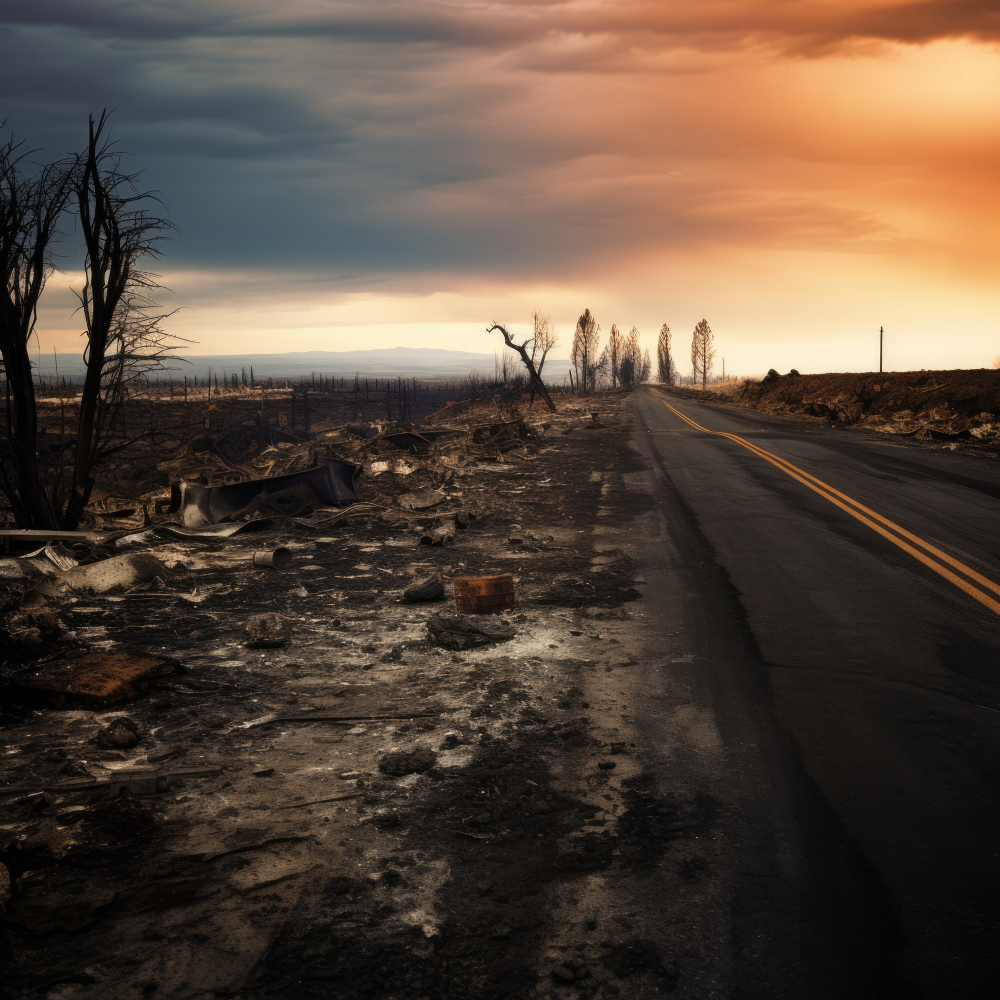
Why Filing Insurance Claims After Natural Disasters at the Right Moment: Situation Awareness from a Local Public Adjuster
January 24, 2025 6:27 am Natural disasters can strike at any time without warning, leaving significant damage and emotional turmoil in their wake. Hurricanes, floods, wildfires, and tornadoes disrupt lives and destroy property, forcing homeowners to rely on their insurance policies for recovery. However, filing an insurance claim after a natural disaster is not always an easy process. Timing is one critical factor that can influence the success of your claim. As any seasoned Local Public Adjuster will attest, timing is everything. In this blog, we will discuss why timing is everything when it comes to filing insurance claims after a natural disaster and how a Local Public Adjuster can help you navigate the process efficiently.Immediate Steps After the Occurrence
Amongst other things, the family’s well-being and securing one’s property will take precedence when an incident occurs. Now, the filing of insurance claims needs to be thought upon. It is not advisable to postpone it; delays always bring with them problems down the road.Why the Orientation Towards Acting Quickly:
High Volume of Claims: Insurance companies feel flooded by claims post-event. The quicker you act in filing your claim, the higher the chances that you will get the right services and resources before their adjusters get swamped.- Time-Sensitive Policies: Many insurance companies with policy limits on damage reporting will deny the claim if the deadlines are not respected.
- Stoppage of Further Damages: taking care of the damages early might help to prevent expanding the damage. Such damages might be attributed to the fact that you failed to act immediately and thus in spite of immediate damage action by you, an insurance company may not cover.
Documenting the Damage
Having documentation is the next critical step to take after a claim is filed. Get photos and videos of all areas and items affected. Keep a written inventory of all items damaged or lost, together with an estimate of each cost and date of purchase. Such evidence enhances your claim and heightens your chance of a satisfactory settlement.Local Public Adjusters and How They Can Assist:
Local Public Adjusters are accustomed to documenting and negotiating closely with insurance companies. Some of the duties are:- Identify hidden losses that you overlooked.
- Make a list of, and value, damaged goods.
- Ensure that your documentation adheres to your policy.
The Claims Process
Filing a claim entails more than just reporting the damages involved. The proper communication and negotiation between the claimant and their insurance company sets the tone for a mutual and correct settlement.Common Challenges:
- Complex Policy Language: Insurance agents are trained to push policy-related terms and facts onto any reluctant policyholder.
- Underpayment of Claims: Underpayment is a standard trick of the trade for insurance companies. The amount will never cover the whole loss.
- Delay: Generally, the claims process is a long one right after a mass disaster.
Duties of a Local Public Adjuster:
The certification of a Local Public Adjuster can seal the crack in the claim process. An expert LPAs works for you in order to:- Dissolve policy jargon and explain coverage clauses.
- Communicate directly with your insurance company.
- Strongly argue to reach the ideal settlement.
- The Risks of Waiting Too Long
The wait may cost a good claim position. Here’s how:
- Scrape of evidence: After all, things improve with the passage of time. Evidence becomes harder and harder to justify. For example, the original water damage may have left a mold, which moreover obscures the issue.
- Increase of Competition: The longer you wait, the more crowded the claims process becomes. This can lead to delays in inspections, assessments, and payouts.
Prepare for Future Disasters
You can never predict when natural disasters will strike; however, there are steps you can take to prepare yourself:- Review Your Policy: Learn more about your coverage and exclusions.
- Maintain Record: Your possession inventory should be up-to-date, complete with receipts and photos.
- Keep Documents Safe: Store your insurance policy and receipts in a safe location that is quickly accessible.
- In-forest a Connection with a Local Public Adjuster: Before a disaster strikes, having a relationship with a local public adjuster in whom you trust will save you time and stress.
Conclusion
When it comes to filing insurance claims after a natural disaster, timing is everything. Acting fast, with thorough documentation and effective navigation of the claims process, will be the key to influencing the outcome. By hiring a Local Public Adjuster, you will have someone fighting on your behalf, understanding policies in and out, and assuring you of the settlement you deserve. Don’t wait until it’s too late-start prepping now; proact on steps to shield your home and family. When disaster hits, you will be glad you did.Read more:
CONTACT MIKE ACERRA Tags: Local Public AdjusterCategorised in: Claims FAQs, Commercial, Fire Damage, Individual Service, Insurance, Public Adjuster, public adjuster near me, Residential, Services Overview, Storm Damage, Underpaid Claims
This post was written by Trishala Tiwari

Comments are closed here.